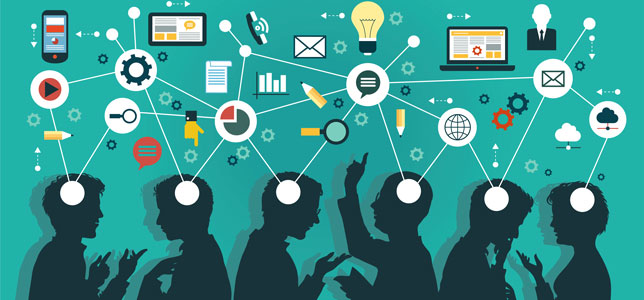Google Glass Pilot: Lessons Learned So Far
In the early days of piloting Google Glass for hands-on, experiential learning, SUNY Cobleskill's CIO shares what IT and faculty are learning from the project.

Image: Shutterstock.com
Our Project WAVE-ExSEL pilot began with an initial baseline project plan as per the grant requirements (and more importantly as needed in any proper IT management capacity). But once any project starts, it inevitably needs to be changed as circumstances and environmental factors dictate.
Related Reading
For more background on SUNY Cobleskill's Glass pilot, read:
So far we are in the implementation stages of the project, before we go live with Google Glass in academic labs this semester. We have to go through a number of technology iterations during these initial sprints. With each iteration, we want to be able to reflect on what went right and what could be improved. Plus, just being reminded of the lessons learned/re-learned helps establish good long-term habits.
Lessons Learned
First, we learned to try different combinations of IT and service support logistics in order to attain a minimal viable product/position. My team did not just stop after any particular thing or process failed. We designed our pilots to use different technologies along with our existing campus IT portfolio, buying ourselves the opportunity to experiment, combine and recombine things. We will continue do so within the actual academic lab pilots throughout the semester.
The next good lesson learned is to always involve the end users at the start of projects — and engage them often. We did this at the start, collaborating with faculty and administrators to draft the grant application documents, utilizing their feedback and support. Next, in the project procurement phase, it was vital to get the tech in the hands of faculty as soon as possible — especially the Google Glass and tablets — and let them use it in any capacity they wanted. Of course, our initial focus was on how the technology would be used within the academic labs, but we also wanted to see what else faculty could do.
Thanks to the generosity of Google, we were also able to get the technology into the hands of our IT services personnel, allowing them to try it out during our setups and before the start of the academic lab pilots. This helped generate more ideas and recommendations on both the use and support of the new technology within our campus environment, as well as practical lab and day-to-day uses of the devices. For example, one team member researched and recommended Evernote integration with Google Glass (see "Bringing Google Glass into the IT Environment" for more on this).
Being open to others for ideas and feedback — regardless of whether they are directly or indirectly involved in the project — has been extremely valuable. For instance, we were able to have other SUNY faculty members try out Google Glass at their respective campuses, and will benefit from collecting the many ideas and shared experiences from around the SUNY system.
By observing faculty (both local and at partner campuses) use the technology, we are able to discover additional needs and opportunities. Early on, we identified and addressed the need for additional wireless coverage within the academic labs/areas where the wearable devices will be used. Another discovery: Giving faculty members the devices early allowed them to demonstrate the use of the technologies during student recruitment events. This sparked student interest in our campus medical and animal science programs — which turns out to be a great for the college's overall recruitment numbers. Faculty at our partner campuses also noted that students who transfer from our community colleges into four-year programs will already be armed with experience using wearable and related technologies.
Good Ideas Come From All Over
Overall, the most important lesson learned is that ideas are not just stand-alone elements. They are more like networks, where collective connections form and bring ideas to life. Our network of disparate campuses, people and departments — all with differing work, project roles, feedback and contributions — encourages constant idea "collisions" among all of its elements. Many times, the good ideas and innovation generated are not part of the original plan, but happen as the result of trial and error and the opportunity to try the newly introduced technology in different ways.
Coming Up
The next article in this series will detail the initial happenings within the pilot academic labs.
This is the project's serendipity: By undertaking the pilot, we have built an environment where brainstorming is constantly running in the background. As a result, all parties benefit and learn from a continuous, serendipitous stream of ideas.
About the Author
Jim Dutcher is CIO at SUNY Cobleskill.